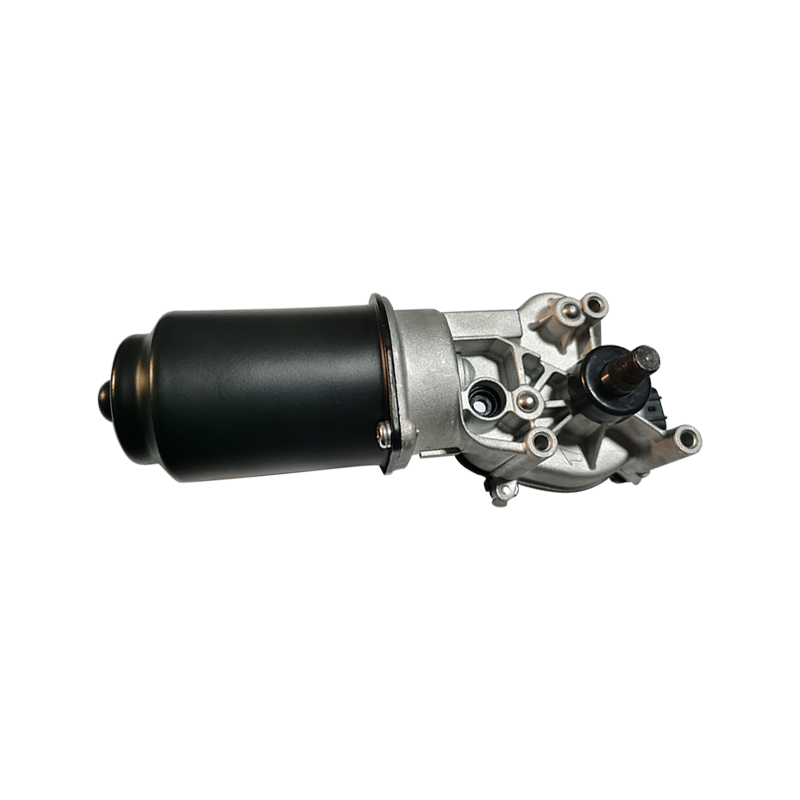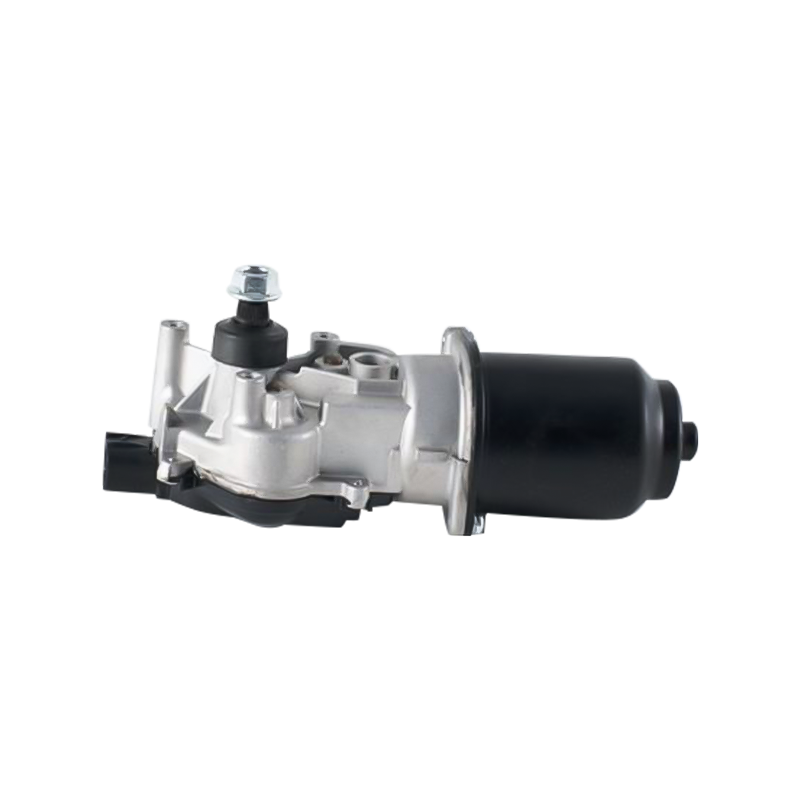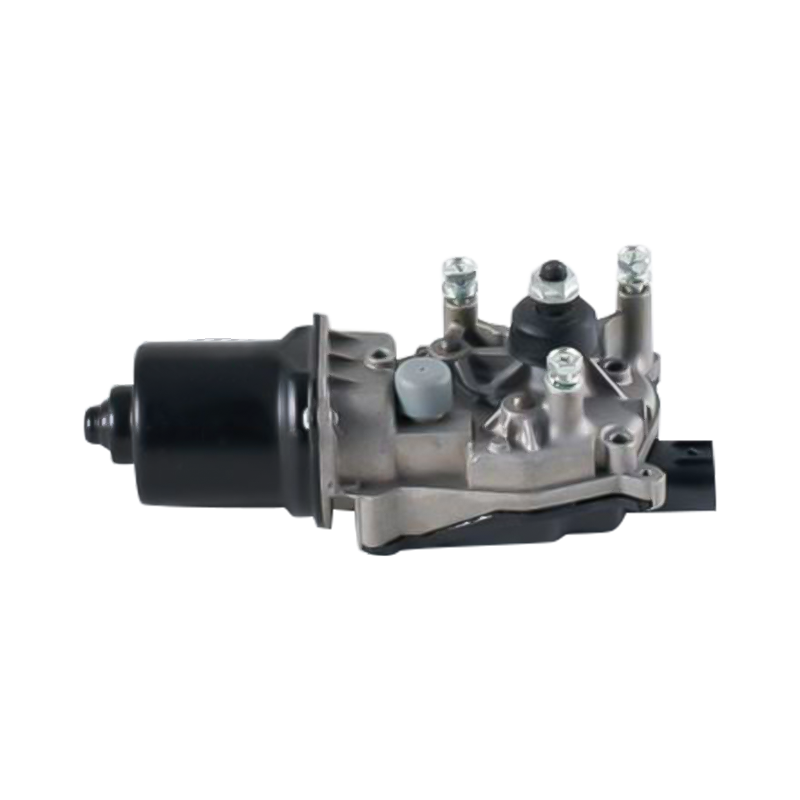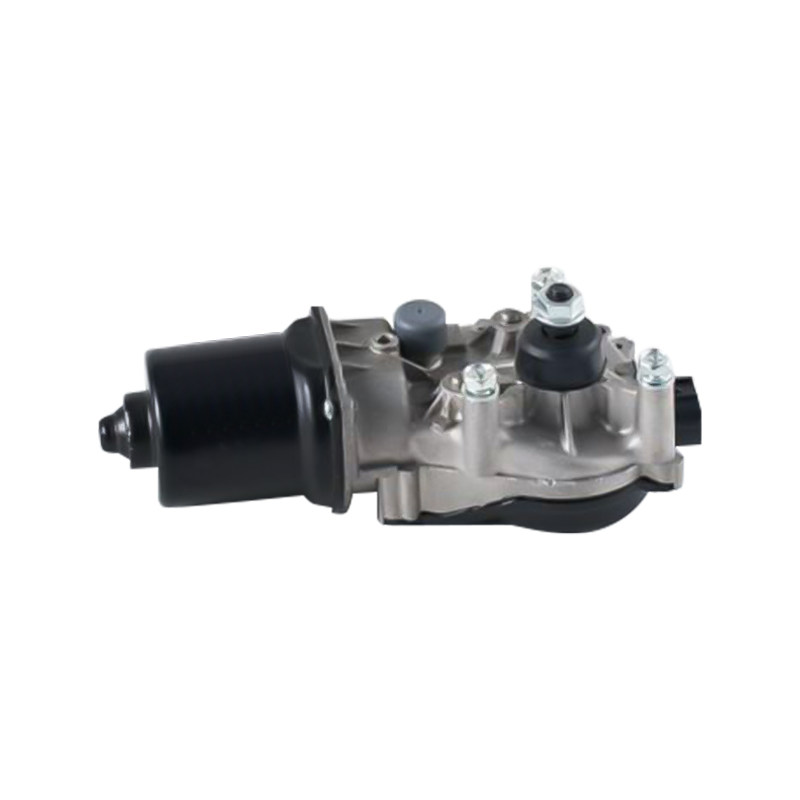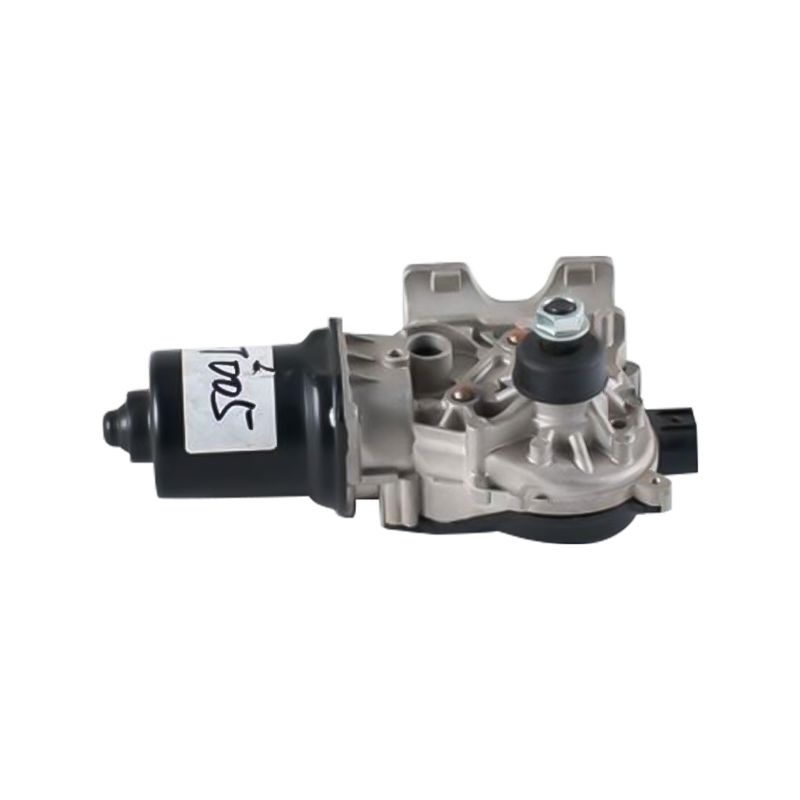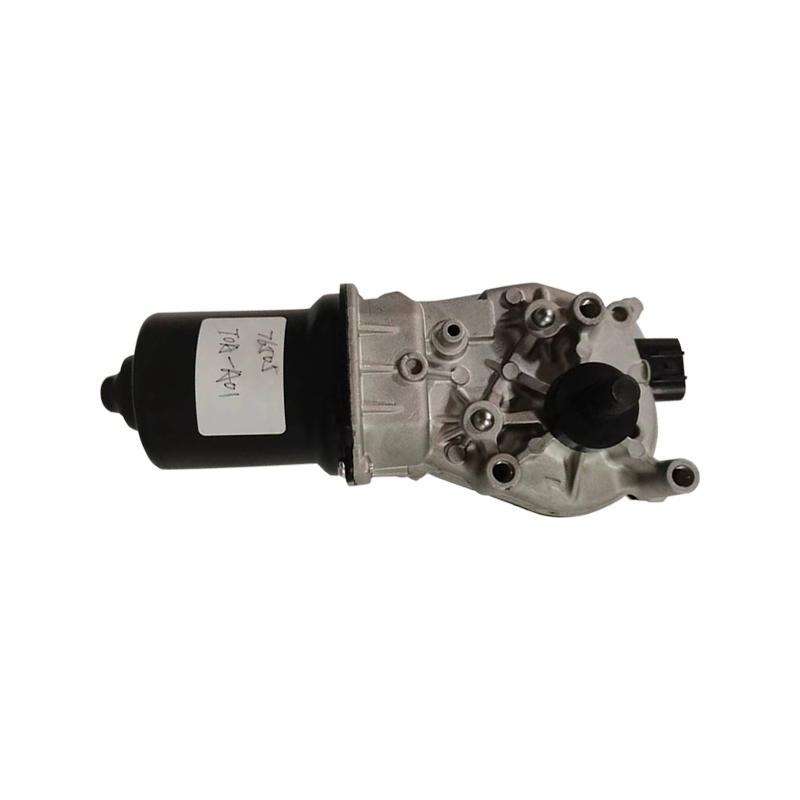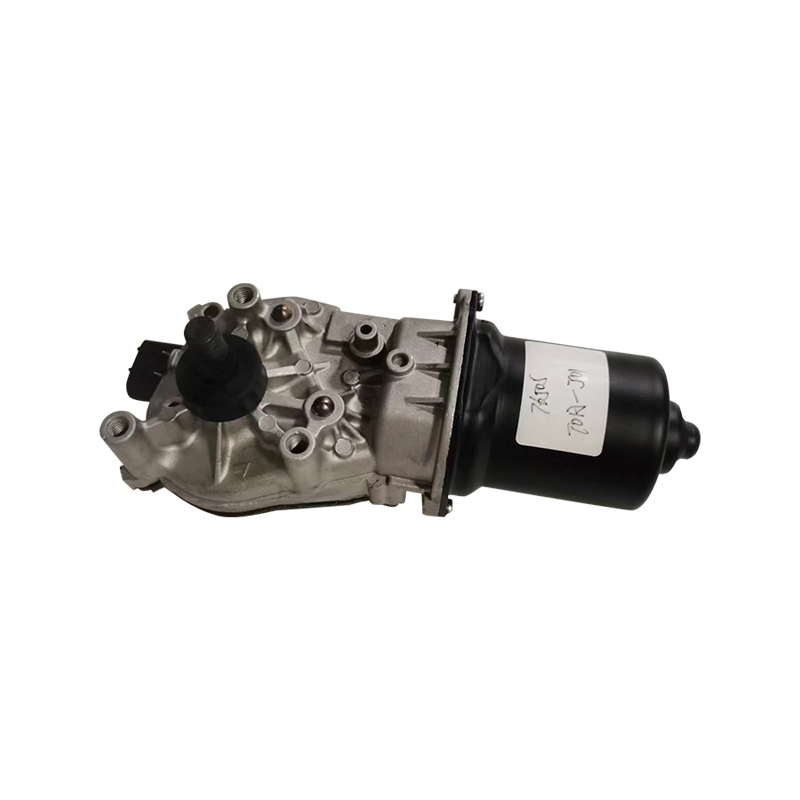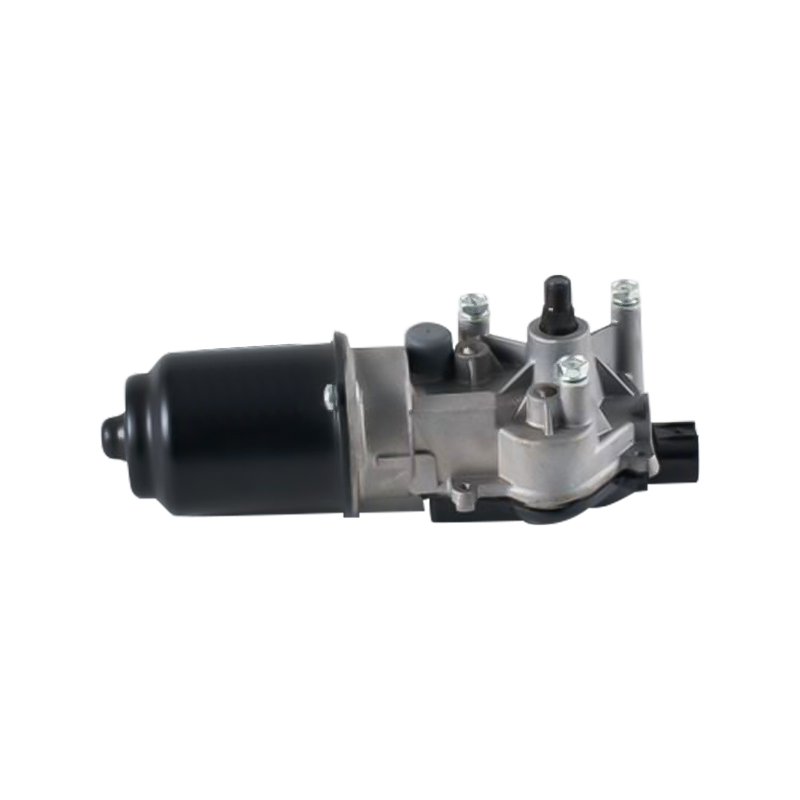Oil Pump Motors play a critical role in maintaining fluid circulation in industrial, automotive, and mechanical systems. Many applications require these motors to operate continuously for extended periods, sometimes running 24/7 in demanding environments. The durability of the motor under long-term continuous operation is a key factor that affects system reliability, maintenance requirements, and overall operational costs. Ensuring that a motor can withstand prolonged use without failure is essential for reducing downtime and improving productivity.
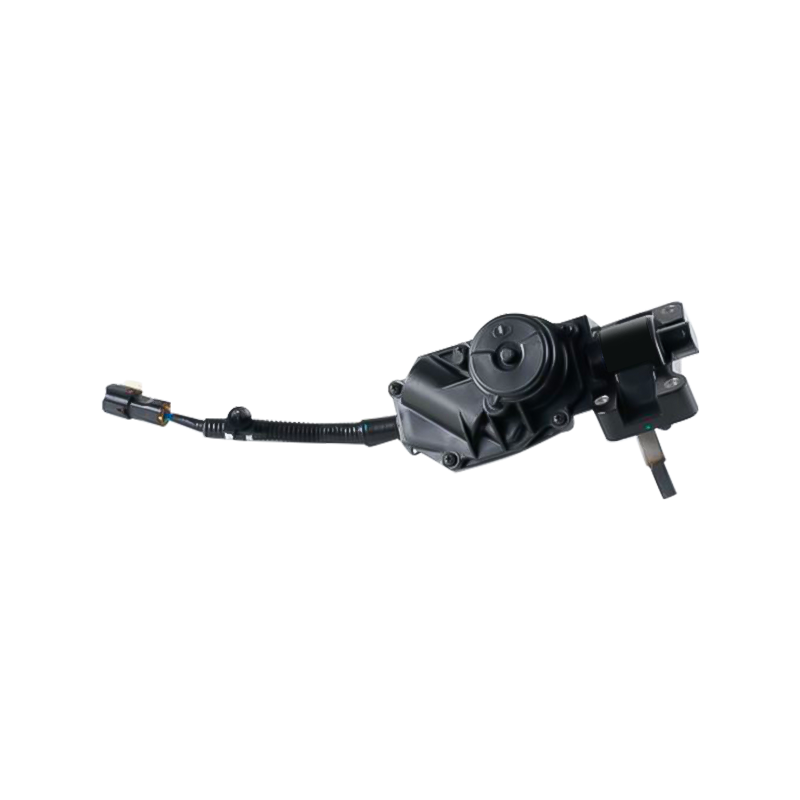
Mechanical Design Considerations
The mechanical construction of the motor is fundamental to its long-term durability. High-quality bearings, shafts, and couplings are designed to handle continuous rotational loads without excessive wear. Motors intended for extended operation often include reinforced housing and precision-machined components to reduce vibration and friction, which are common causes of mechanical failure. Proper alignment of the motor with the pump system also ensures even load distribution, preventing stress concentration that could reduce the motor’s lifespan.
Thermal Management and Heat Dissipation
Continuous operation generates heat, which can degrade components and reduce durability if not properly managed. Efficient cooling systems, such as fan-assisted ventilation or liquid cooling, help maintain suitable operating temperatures. Insulation materials with high thermal resistance protect windings from overheating, while temperature sensors can provide real-time monitoring to prevent thermal stress. Proper thermal management ensures that the motor can operate for long durations without experiencing heat-related failures, maintaining performance stability.
Electrical and Load Considerations
Electrical factors also play a significant role in motor durability. Consistent voltage and current levels prevent excessive electrical stress on the windings and internal circuitry. Motors designed for continuous operation typically feature robust electrical insulation and overload protection to handle fluctuating loads or unexpected system conditions. Ensuring that the motor operates within its rated specifications is critical to preventing premature wear and extending service life.
Lubrication and Maintenance Practices
Proper lubrication is essential for long-term continuous operation. Bearings and moving parts require sufficient lubrication to minimize friction and reduce wear. Motors designed for durability often use high-quality lubricants that maintain their properties under high temperatures and extended use. Regular maintenance, including inspections and timely replenishment of lubricants, ensures smooth operation and prevents mechanical failures. Even in motors rated for continuous operation, preventive maintenance significantly enhances longevity.
Environmental Factors
The operational environment also affects durability. Dust, moisture, corrosive fluids, and vibration can all reduce motor lifespan if not mitigated. Selecting motors with appropriate ingress protection (IP) ratings and corrosion-resistant materials helps protect internal components. Additionally, vibration-damping mounts and controlled environments reduce mechanical and environmental stress, supporting extended operational reliability.
Improving Reliability for Continuous Use
Oil Pump Motors intended for long-term continuous operation must combine robust mechanical design, effective thermal management, proper electrical handling, and diligent maintenance practices. By addressing these factors, operators can ensure that motors maintain performance, resist wear, and provide reliable service over prolonged periods. Durable motor design and preventive strategies reduce downtime, lower maintenance costs, and enhance overall system efficiency, making continuous operation feasible and sustainable in demanding industrial applications.

 English
English Türk
Türk 中文简体
中文简体